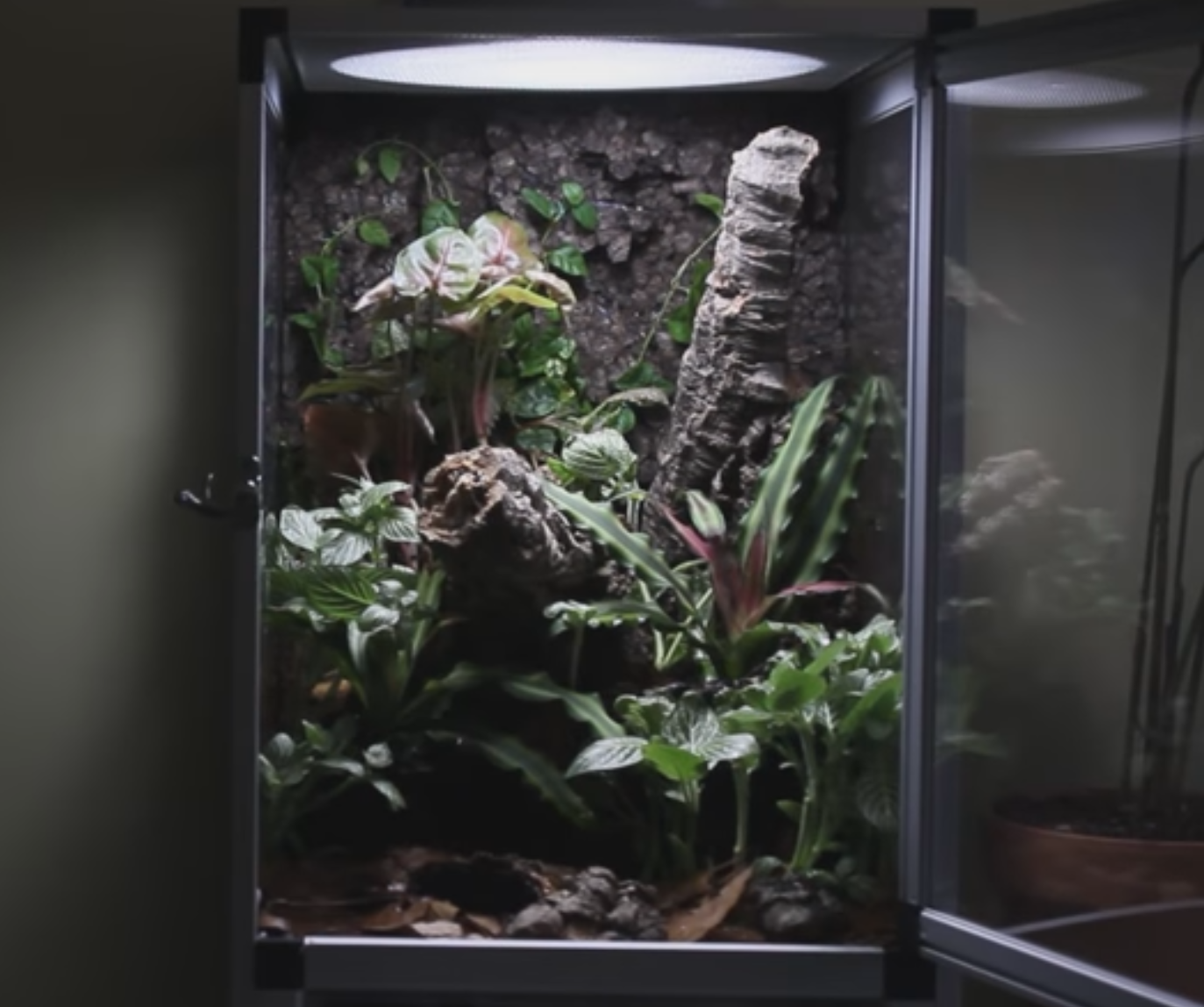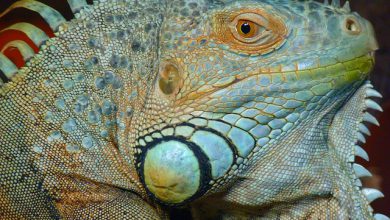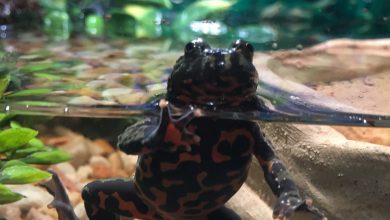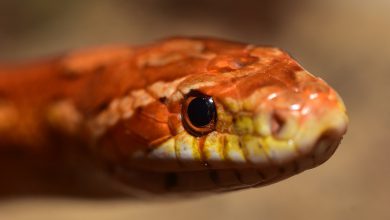How to Make a Cheap Bioactive Setup

Photo courtesy of SerpaDesign
One of the most common reasons that reptile and amphibian keepers give for not creating a bioactive setup for their exotic pets is that itâs expensive, and it certainly can be. The good news, however, is that it doesnât have to be.
You can find several different suggestions for creating a bioactive enclosure for reptiles or amphibians without spending a lot on materials.
Hereâs an example of one way to give your animals the benefits of a more natural environment without spending more than a standard habitat setup, according to SerpaDesign.
Check your terrarium options
The terrarium is almost always going to be the most expensive part of putting together any amphibian or reptile enclosure, whether youâre making a conventional or bioactive terrarium. In their video, SerpaDesign uses a medium Repti-Viv Pro terrarium (about ten gallons in size), which costs about $59.99.
A similar option for arboreal species is the ZooMed ReptiBreeze Screen Cage (small), which is slightly larger than the Repti-Viv Pro, has a convenient front-opening screen door, and is about $69.99.
Of course, which terrarium you go with depends on the species and number of individuals that will be living in it. You can browse the options we have available on our website.
(Ask our team at The Tye-Dyed Iguana in Fairview Heights about the right size of terrarium for your animal.)
Apply a cork board background
Using waterproof silicone, adhere a cork board tile to the back of the vivarium. You can find inexpensive cork tiles in most hobby stores or online craft stores. They come in a few different colors and sizes, so you can get the look that you prefer.
SerpaDesign got a deal on theirs with a coupon that brought the price down to less than $8 for a four-pack.
Give the cork a more natural look
Obviously, a flat cork tile is not the most naturalistic background. What you can do, however, is take another tile and rip off irregular pieces. Then, use more silicone to adhere those shapes to the first tile. This gives the look of a more natural rock, wood, or dirt background.
Give the silicone time to cure before moving on to the next steps.
Add cork bark pieces
Cork bark is inexpensive and is one of the most common ways to make a terrarium look more natural. As with the cork tile pieces, add the bark in an arrangement you like the look of, and adhere it with silicone.
You can purchase cork bark pieces at our online store, or find a variety of bark sizes and shapes by coming into our exotic pet store in Fairview Heights.
Add gravel and a drain
Turning the enclosure right-side up, add pea pebbles or other gravel to create a false bottom for excess water. Drill a hole for drainage and add a seal and tube for the water to drain out.
You can use any gravel. Pea pebbles can be found at home improvement stores for less than $4 for a fifty-pound bag. For a more vibrant look, you can use CaribSea Super Naturals Gemstone Creek Gravel, which is about $8.99.
Add knitting mesh and substrate
If youâre only making a single bioactive terrarium, knitting mesh is easy to find in hobby or craft stores and can be found for less than $1 a piece. It adds a barrier layer between the false bottom and the substrate, allowing water to pass through but not substrate pieces.
For an inexpensive substrate, you can combine coco husk and coco fiber. You can also add sphagnum moss, sand, or lump wood charcoal, depending on your animalâs substrate needs and the look you want. Or you can purchase a premixed substrate, such as the ExoTerra Rainforest Substrate.
Arrange everything how you want it, including more pieces of cork tile to break up the terrain.
Add plants
Plants can be as cheap or expensive as you want. A tip for finding inexpensive options is to look for plants that are on sale or on clearance. Clearanced plants are often not in the best health but can be nursed back to life.
Itâs a good idea to quarantine your plants before adding them to a setup, just like you would for new animals. Thatâs so you donât unintentionally add a pest to your bioactive terrarium that could damage other plants or throw off the ecosystem.
Add leaf litter and microfauna
Common isopods and springtails are probably the least expensive option for microfauna. Again, you can spend as much or as little as you want when it comes to this step. Leaf litter can be picked up outside for free or bought in prepared bags.
For a walk-through of the entire process, watch SerpaDesignâs full video:



